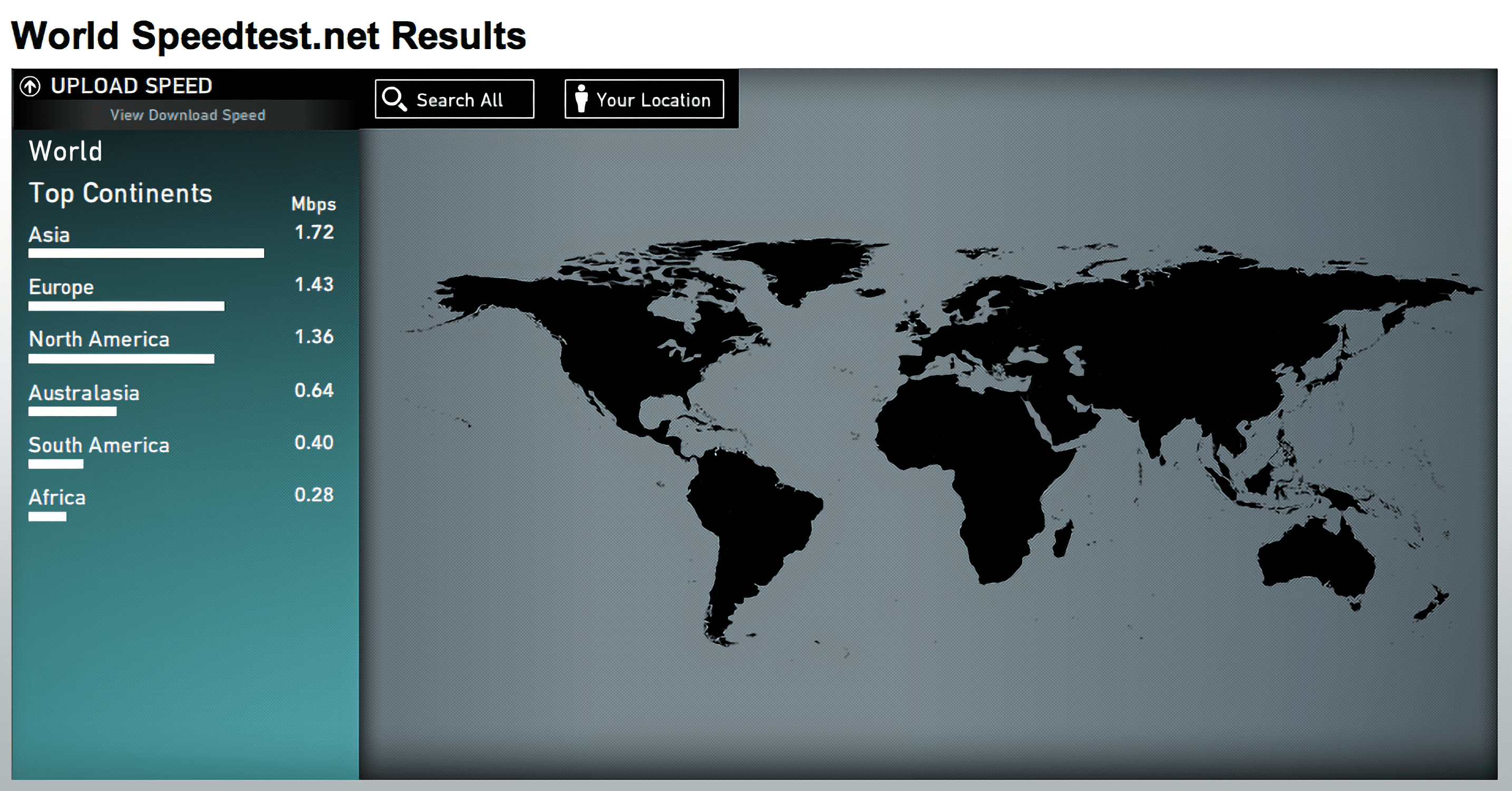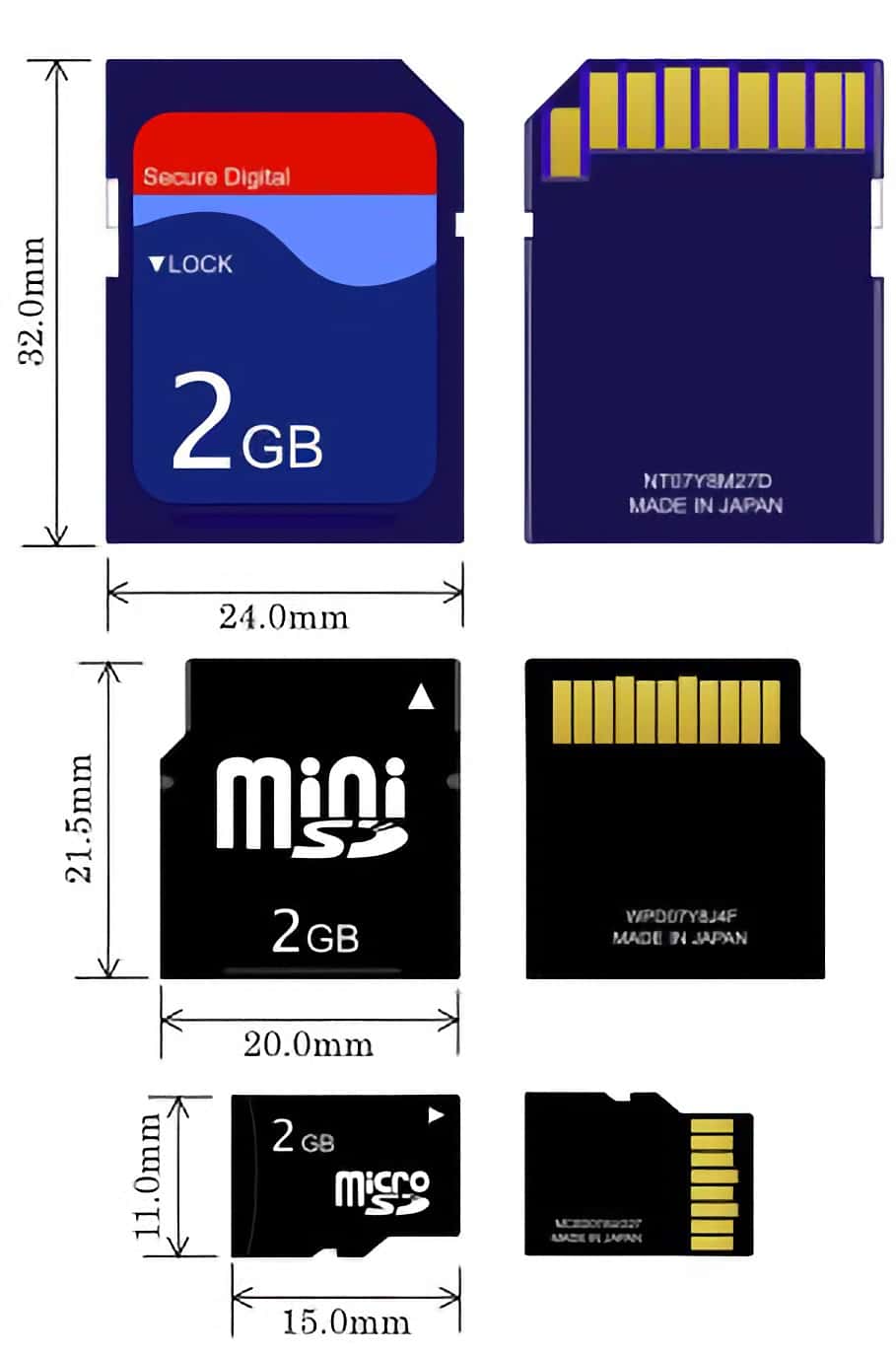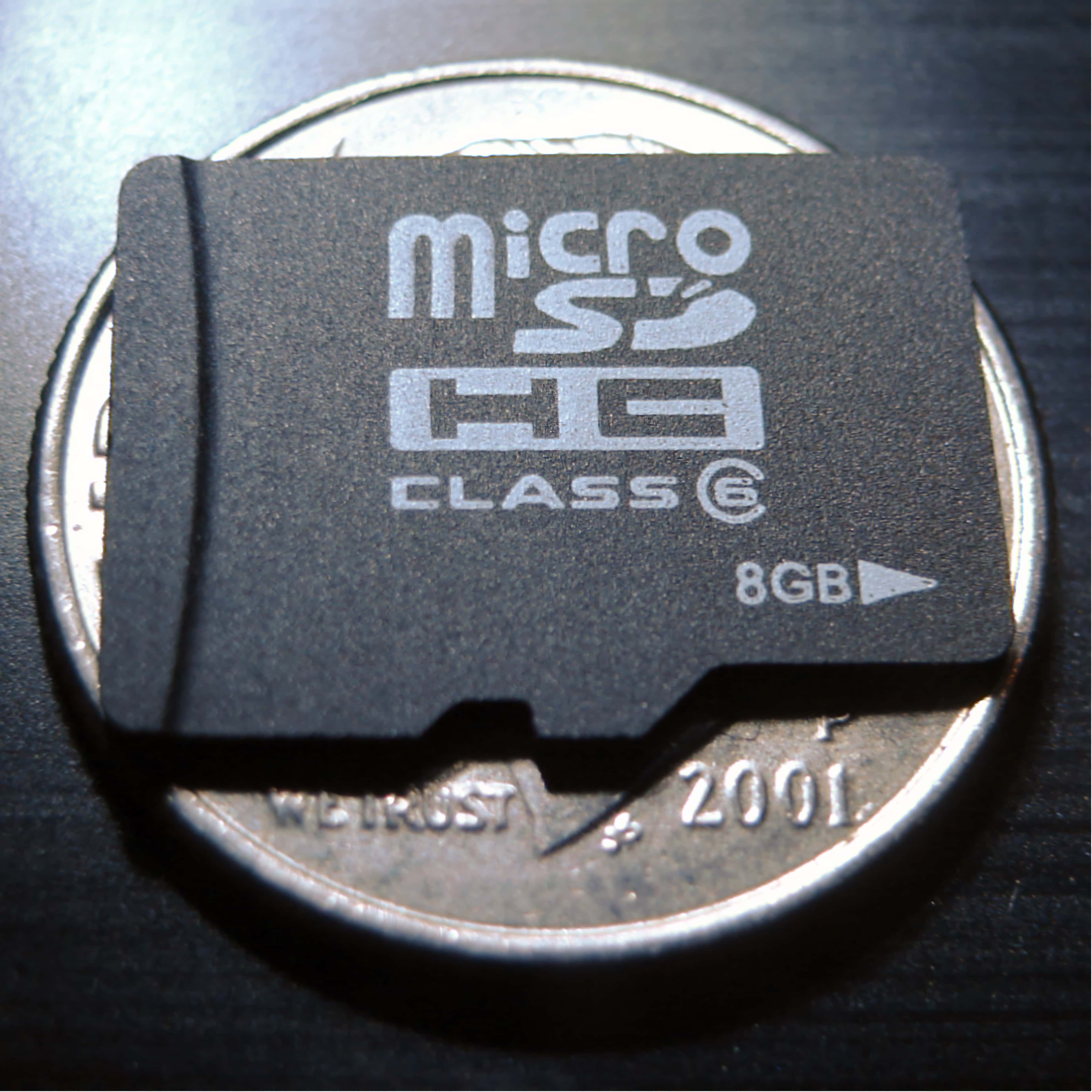It was a tech story so apparently humorous that the popular media felt compelled to cover it: carrier pigeons delivered 4GBs of data faster than an ADSL line. The BBC story’s subtitle read “broadband promised to unite the world with super-fast data delivery – but in South Africa it seems the web is still no faster than a humble pigeon,” and that’s how most stories played it. Unfortunately, they all got it wrong.

Moving data by homing pigeon requires some planning, and pigeons. Source.
The race was run by The Unlimited Group, but the clearest telling of it comes from Wikipedia:
Inspired by RFC 2549{.external.mw-magiclink-rfc}, on 9 September 2009 the marketing team of The Unlimited, a regional company in South Africa, decided to host a tongue-in-cheek “Pigeon Race” between their pet pigeon “Winston” and local telecom company Telkom SA. The race is to send 4 gigabytes of data from Howick to Hillcrest, approximately 60 km apart. The pigeon carrying a microSD{.mw-redirect} card (an avian variant of a sneakernet), versus a Telkom ADSL{.mw-redirect} line. Winston beat the data transfer over Telkom’s ADSL line, with a total time of two hours, six minutes and 57 seconds from uploading data on the microSD card to completion of download from card. At the time of Winston’s victory, the 4GB ADSL transfer was just under 4% complete.
The critical numbers here are 4GB vs. 164MB (4% of 4GB) in 2 hours. Also, because the challenge was peer to peer transfer, rather than a simple download, the bandwidth is limited by both the upload and download speed of the technology.
ADSL, like most consumer broadband technologies, offers slower upload speeds than download speeds.

Speedtest.net’s summary of worldwide test results. Source.
My home ADSL line is claimed to be 3Mbps/768Kbps, but manages a little less than that in practice according to Speedtest.net (and their sweet iPhone app). That’s a little below average for the US (be sure to view upload speeds), but not dramatically so. And even the fastest region, Asia, can only boast 1.72 Mbps.

Pigeons have long been used to carry the latest gadgets in the air. Source.
In the race between pigeon and internet, the 164MB network transfer over 2 hours is about 187 Kb/s. Significantly slower than my home connection is rated for. But even the fastest consumer upload speeds would have trouble beating the pigeon’s transfer speed. It would take sustained uploads of about 5Gb/s to transfer 4GB of data in the two hours of the pigeon stunt, a rate much faster than possible with the company’s 1Mb/s ADSL connection. But it isn’t just the South African internet that’s slow: The best performing “ISP” in New Hampshire, Dartmouth College, gets a 10 Mb/s rating in Speedtest.net, though very few others can manage over 4Mb/s (Comcast advertises upload speeds up to 10Mb/s, though that’s with “PowerBoost”; sustained speeds are lower, the company reportedly throttles FTP and other uploads, and Speedtest.net rates their business-class uploads at 3.47 Mb/s). If the story makes South African networks laughable, it makes the whole internet a comedy act.

microSD card sizes compared to other SD types. Source.
And the pigeon could have carried even more data and made a bigger win over broadband. microSD cards such as the one carried by the pigeon weigh less than half a gram and are now available in capacities up to 16GB (with a theoretical capacity of about 128GB). Assuming you can attached two such cards (one to each leg), you’d get an upload rate of about 40Mb/s in the South African test. Perhaps you could even attach four such cards (totaling under 2 grams of cargo and yielding 80Mb/s) or send more pigeons.

microSD card compared to a US quarter.
Consumer download speeds are typically much faster, and popular web services go to great lengths to ensure they fill those pipes to speedily deliver rich media. Apple was an early investor in Akamai, one of the first content delivery networks that speed downloads by distributing servers around the world so that your iTunes music and movie downloads are delivered from the closest servers and through the fastest pipes to your location. Netflix’s on demand service leverages the broad availability of these services to deliver TV shows and movies faster than the US Postal Service. But comparing internet speeds to postal service delivery of DVDs (a 14 year old standard) gives no real suggestion of attainable postal service bandwidth (especially when the network-delivered content is far more compressed than on DVD).
You could probably stuff about 30 MicroSD cards (which have almost five times the storage density of regular SD cards — 32GB in 1612.8mm3 vs 16GB in 165mm3) in a First Class letter ($.44 for 6.125 inch x 11.5 inch and 1 ounce) that gets delivered almost anywhere in the US in three days, yielding about 480GB in 72 hours or 15 Mb/s. A pair of 512GB SSDs, on the other hand, can be delivered over night, yielding 1TB in 24 hours or 97 Mb/s. Given that DVDs are 1.2mm thick and 120 mm in diameter, Netflix could easily fit as many as 80 microSD cards — 1280 GB (41 Mb/s over three days) — in their current delivery envelope, much more capacity than even the 50 GB (1.6 MB/s over three days) capacity of the largest Blue-ray discs. It’s for that reason that Amazon offers bulk import/export services of physical media for their web services.
Point: storage capacity has increased dramatically over the past few years, while consumer internet speeds have remained relatively stable. The pigeon gimmick didn’t show us a laughably slow internet connection, it showed us how unimaginably vast our storage has grown (and yet we still find ways to fill it).